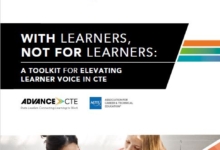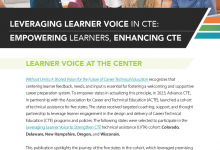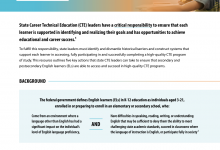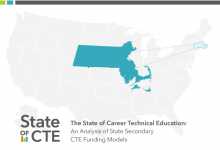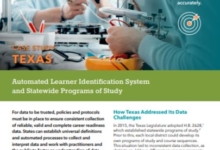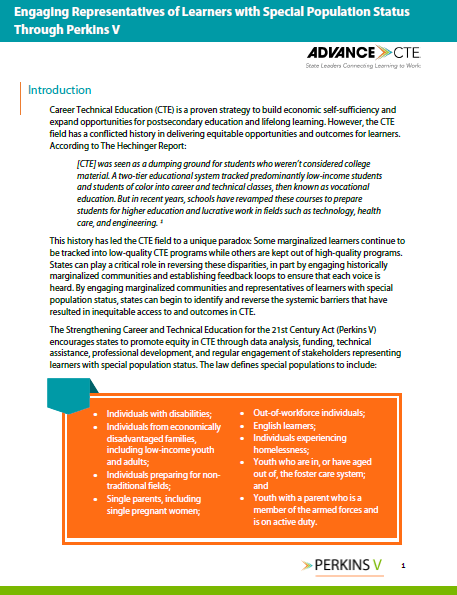The Strengthening Career and Technical Education for the 21st Century Act (Perkins V) encourages states to promote equity in Career Technical Education (CTE) through data analysis, funding, technical assistance, professional development, and regular engagement of stakeholders representing learners with special population status. While Perkins V has specific stakeholder engagement requirements, states should expand upon these requirements to ensure that meaningful, responsive engagement with representatives of learners with special population status becomes the new way of doing business.
This resource is designed to help states establish processes and routines for systematically engaging representatives of learners with special population status at the state level. The report draws on Advance CTE’s review of state Perkins V plans as well as key informant interviews in select states to document four steps for meaningful stakeholder engagement beyond Perkins V:
- Engage and build trust with influencers, advocacy groups and state agencies representing learners with special population status.
- Build internal knowledge and capacity at the state level by designating liaisons for targeted special population groups and deepening knowledge about the needs and interests of their communities.
- Operationalize engagement by formalizing structures and routines for engaging representatives of learners with special population status and for coordinating services across state agencies.
- Act on stakeholder input and establish feedback loops to ensure that resources and services are addressing stakeholders’ most urgent needs.

